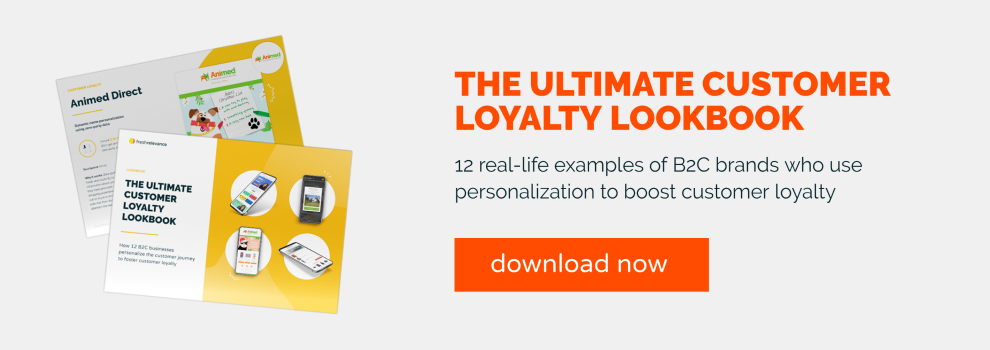It’s no secret that retaining existing customers is cheaper than acquiring new ones. In fact, it can cost five times more to attract a new customer than it does to retain an existing one.
To survive and thrive amidst tighter budgets and an ever-expanding pool of competitors, businesses need to have loyalty tactics in place to foster a loyal base of customers.
But you’ll need to make sure the tactics you use resonate with shoppers rather than leaving them cold or worse, putting them off.
Read on for three customer loyalty tactics, selected based on findings from the Fresh Relevance Loyalty Report.
Discover more best-in-class examples of customer loyalty tactics from 12 B2C businesses in our Ultimate Customer Loyalty Lookbook.
1) Ratings and reviews
We’ve all spent time scrolling through pages of reviews and ratings before taking the plunge and making a purchase. Why? Because reviews and ratings signal that this is a product we can trust. And when shopping online, social proof cues such as ratings and reviews become all the more crucial, since we’re unable to test and try out items before purchasing.
Almost 1 in 3 consumers (30%) want retailers to display product ratings and reviews, making this a crucial social proof tactic to include in your marketing if you want to build customer loyalty.
In this example, The Happy Puzzle Company eases purchase anxiety and builds trust with their brand by including star ratings and reviews pulled through from Trustpilot on their product pages, encouraging shoppers to add the item to their cart.
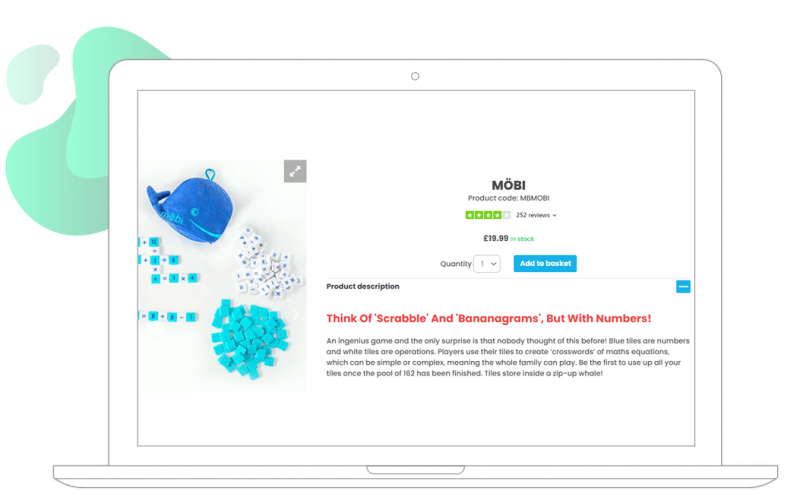
Source: happypuzzle.co.uk
2) Dynamic countdown timer
Ecommerce involves plenty of deadlines – next day delivery cut off, delivery in time for special events, and end of sale to name a few.
But if you’re not shouting about these deadlines, shoppers are less likely to notice and might even feel annoyed at having missed the delivery deadline for their Christmas gifts, for example.
More than 1 in 4 consumers (28%) say they want retailers to highlight important order cut-off dates. Dynamic countdown timers are an effective way to do this, helping eCommerce stores and online travel businesses build excitement and urgency around order cut-off dates.
Jewellerybox’s dynamic countdown timer draws shoppers’ attention to the same day shipping deadline, increasing urgency and decreasing click to purchase as customers know they have a limited amount of time. Customers will also appreciate the clarity, since they’ll be able to enjoy their purchase sooner.
Since implementing their countdown timer, Jewellerybox has seen a 5% increase in conversion rates in the two hours prior to the same day shipping cut off.
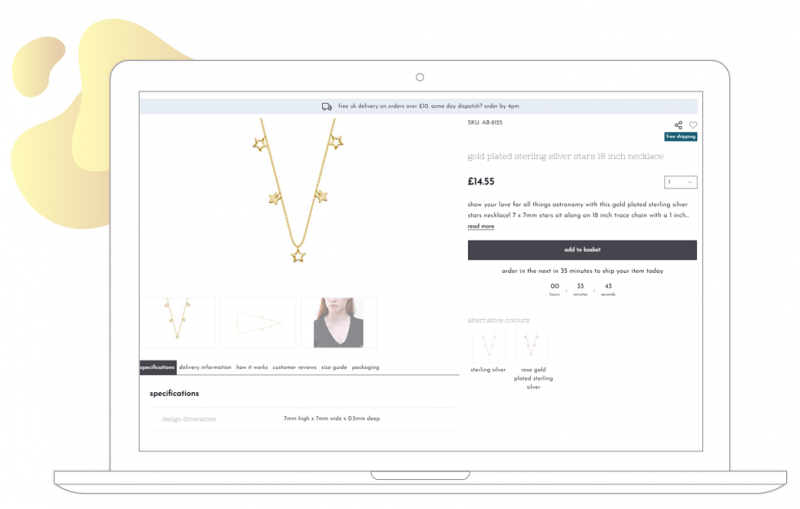
Source: jewellerybox.co.uk
3) Triggered emails
When it comes to communication, consumers want useful, timely information to help them get the most out of their shopping experience.
Triggered emails are an ideal way to send customers relevant information at the time they’re most likely to convert. Cart abandonment emails are among the most well-known types of triggered emails, but consumers also express their desire to receive other types of triggered messaging.
Our loyalty report shows that 1 in 4 consumers want retailers to send them price drop alerts and back-in-stock alerts, and almost 1 in 4 consumers aged 16-34 (24%) want retailers to send replenishment reminders.
Let’s look at each of these types of triggered emails in turn.
Price drop alerts serve to encourage price-conscious shoppers who have frequently browsed a product but might have been put off by the price tag.
In this example, Country Attire sends triggered emails to inform their shoppers of discounts to their favorite products outside of a formal sale.
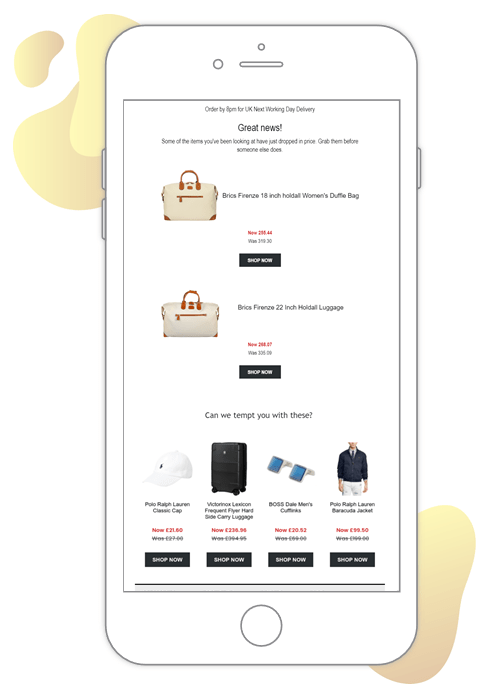
Source: Country Attire email
Consumers expect to be able to purchase what they want, when they want it. So when a product is out of stock, this can result in frustration.
Sonos uses back-in-stock email alerts to turn this into a positive customer interaction, keeping customers engaged with their brand and providing them with the product they want.
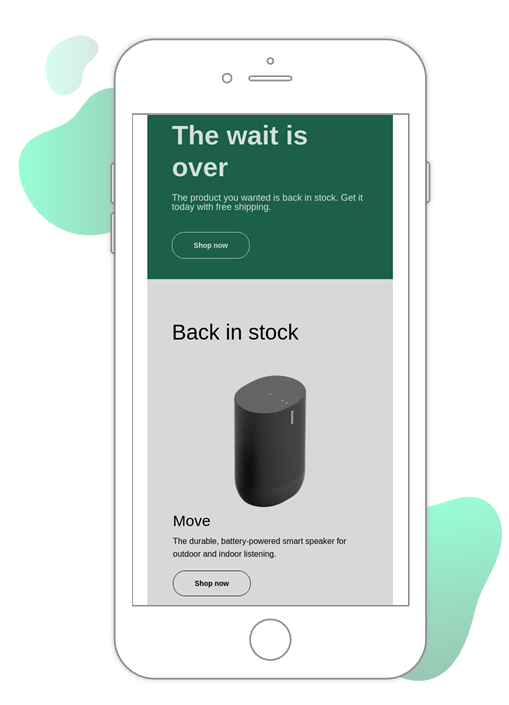
Source: Sonos email
For frequently purchased or perishable consumer goods, such as cosmetics and medicine, you can give customers timely reminders to repeat the purchase they made. This kind of email should not be sent immediately, but when the customer might soon run out of the product.
Viovet sends replenishment emails to customers of particular products, reminding them that the time to reorder is approaching. These helpful reminders foster customer loyalty and increase the likelihood of repeat purchases.
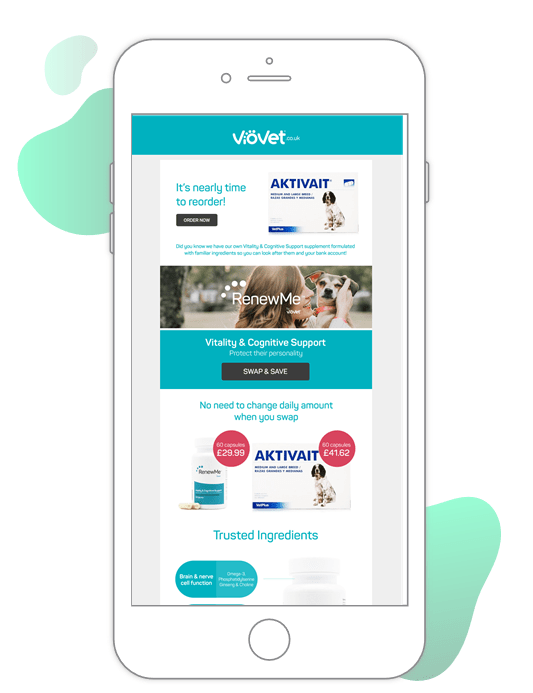
Source: Viovet email
Building a loyal customer base has never been more important. Use these three eCommerce tactics – selected based on results from the Fresh Relevance Loyalty Report – as a starting point to give shoppers the customer experience they’re looking for.
Download the Ultimate Customer Loyalty Lookbook for best-in-class examples of customer loyalty tactics from 12 B2C businesses.
Disclaimer
This blog post is for informational purposes only. Fresh Relevance is not claiming to provide its services to the companies and brand owners referred to in the blog post.



